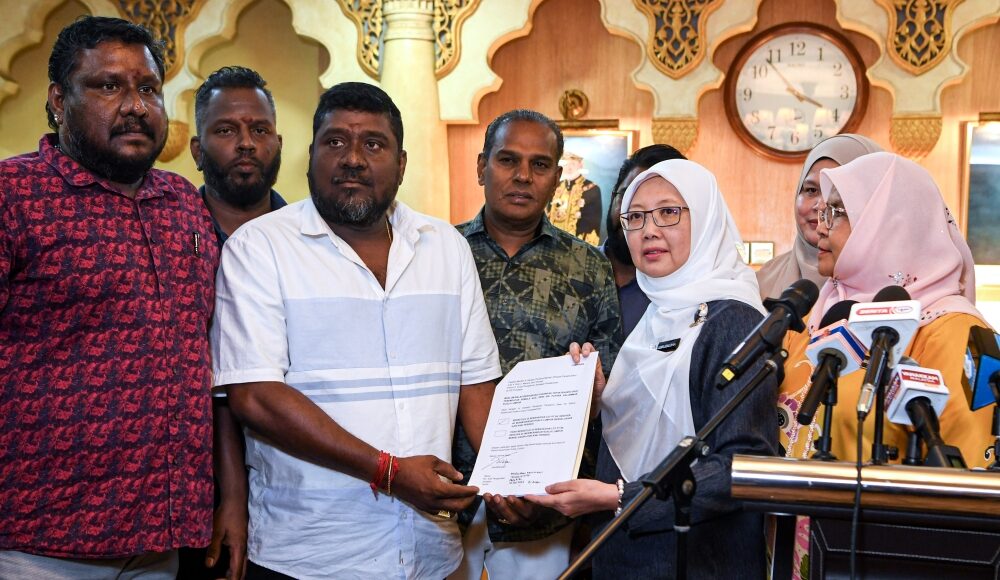Unlawful occupation of land is unlawful occupation even if it was by a mosque.
One should read past cases — like the case involving land totalling in area 31.66 acres in the Mukim of Ampang, District of Ulu Langat, Selangor (the Land) which was previously owned by the State of Selangor.
On August 26, 1992, the State Executive Council approved the application for alienation of the Land subject to the conditions set out in a letter dated October 8, 1992, by the Ulu Langat District Office.
A second letter dated January 15, 1993, defined precisely the area to be alienated through a survey plan.
The applicant was issued with the qualified title on June 14, 1993 and thereon became the registered proprietor of the Land.
At the material time, there were more than a hundred people occupying houses built on the Land.
Negotiations had taken place between the registered proprietor and the occupiers after the alienation as the registered proprietor was keen to develop the Land into a residential, industrial and commercial estate as soon as possible.
To the registered proprietor, the occupiers were residing on the Land unlawfully.
The occupiers, on the other hand, stated that they had occupied the Land lawfully as irrevocable licensees with equity since 1981 with the consent and acquiescence from the Selangor State Government in particular the District Officer, Ulu Langat Land Administrator, the Penghulu Mukim Ampang, and other government officers which gave them the impression that they could remain on the Land as long as they wished.
They had expended thousands of ringgit and spent time, energy and strength to develop their respective lots which was originally a rubbish dump site and swampland.
On their application, the Federal and State Governments had provided electricity, water, tarred roads, village mosque, registered kindergarten, telephones and community hall.
In addition, after a fire in 1991, the district officer allowed those occupiers affected to rebuild their houses.
They further stated that they had even elected their local representative, and their houses had been included in the census exercise carried out by the Department of Statistics.
When the dispute over the Land came before the Court of Appeal, on appeal from the decision of the High Court, the appellate court ruled as follows:
“Section 40 of the National Land Code 1965 (the Code) vests solely in the State Authority the entire property in all State land within the territories of the State the rights to which have not been specifically disposed of by the State Authority.
“The definition in Section 5 of the Code further denotes that the consent or licence can only come from the Ruler or Governor, as the case may be, and as the land here is situated in the State of Selangor, it must mean the Ruler.
“A licence or consent from any other person, therefore, certainly would not suffice.
In these circumstances, it was clear that all promises made to the occupiers, who had never been given any temporary occupation licence by the State Authority, in whatever manner, by either the district officer, village headman, elected representative or the like, indicating that they had a right to occupy or continue to occupy the Land, fell short of the requirement of the licence and consent from the State Authority as defined in Section 5 of the Code.” (See Chong Wooi Leong & Ors v Lebbey Sdn Bhd [1998])
The 1982 decision of the Federal Court in the case of Sidek bin Haji Muhamad & Ors v The Government of the State of Perak & Ors [1982] was followed.
Judgment in that case was delivered by the doyen of Malaysian judges, Raja Azlan Shah, then Chief Justice of Malaya.
Read the cases.
As the Malay saying goes: Di mana bumi dipijak, di situ langit dijunjung.
You should uphold the law of the land where you live, pray and play.
** This is the personal opinion of the writers or publications and does not necessarily represent the views of Malay Mail.





